Lesson summary
Students will examine tree life cycles and the regulations in Victoria that protect the biodiversity of our forests. They will develop an understanding of the implications of sustainable and unsustainable firewood collection for flora and fauna.
Learning intentions:
Students will...
- understand the implications of human activity for the life cycle of a tree.
Success criteria:
Students can...
- understand the impacts of sustainable/unsustainable firewood collection on the life cycle of a forest
- identify different purposes of trees.
Lesson guides and printables
Curriculum links
Select your curriculum from the options below.
Lesson details
Skills
This lesson is designed to build students’ competencies in the following skills:
- critical thinking
- communication
- empathy
- ethical understanding
- global citizenship
- problem solving
- reflection
Curriculum Mapping
Australian Curriculum (v9.0) content description:
Year 3 and 4, Science
- compare characteristics of living and non-living things and examine the differences between the life cycles of plants and animals (AC9S3U01)
- explain the roles and interactions of consumers, producers and decomposers within a habitat and how food changes represent feeding relationships (AC9S4U01)
Relevant parts of Year 3 and 4 Science achievement standards: Students classify and compare living and non-living things and different life cycles. Students identify the roles of organisms in a habitat and construct food chains.
NSW Syllabus outcomes:
- compares features and characteristics of living and non-living things (ST2-ALW-S).
General capabilities: Critical and Creative Thinking, Ethical Understanding, Literacy, Numeracy, Personal and Social Capability
Cross-curriculum priority: Sustainability
Level of teacher scaffolding: High - lead and facilitate class discussions as well as conducting an interactive game with students.
UN Sustainable Development Goals
UN SDG 15: Protect, restore and promote sustainable use of terrestrial ecosystems, sustainably manage forests, combat desertification, and halt and reverse land degradation and halt biodiversity loss
- Target 15.5: Take urgent and significant action to reduce the degradation of natural habitats, halt the loss of biodiversity and, by 2020, protect and prevent the extinction of threatened species.
Resources Required
- Device capable of displaying audiovisual material
- Open space (outside or inside)
- Scissors
- Glue
Additional Info
This lesson has been developed in partnership with the Conservation Regulator, a government agency responsible for regulation of fire prevention, use of public land, wildlife and biodiversity. Through a combination of enforcement and education activities, the Conservation Regulator aims to maintain the health and heritage of these landscapes for future generations to enjoy.
Related Professional Learning
Using The Cool.org Act Framework in the Classroom - Primary
Quick Summary: This course will help you to empower students to take action on issues that are important to them, by offering a variety of strategies and tactics to facilitate meaningful action.
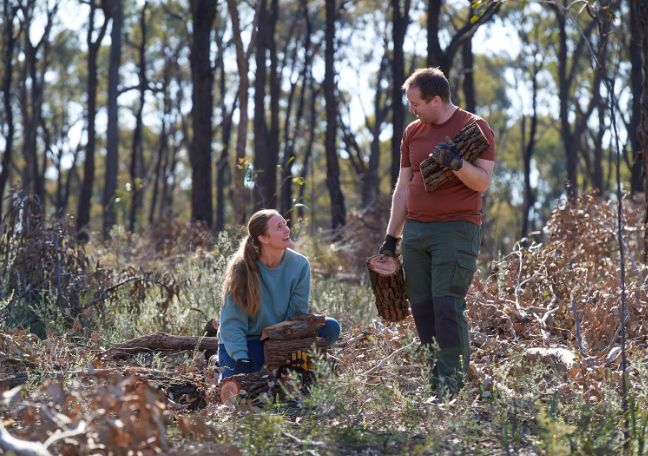
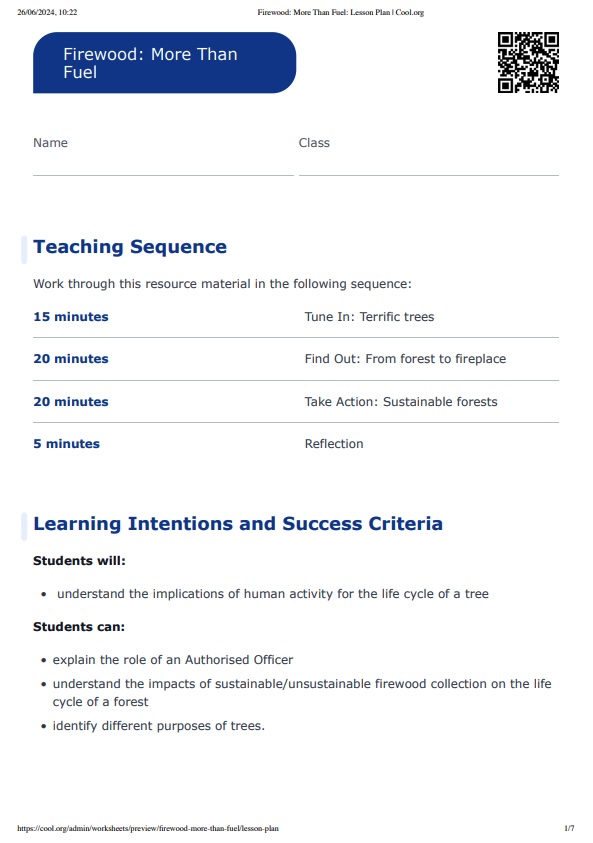
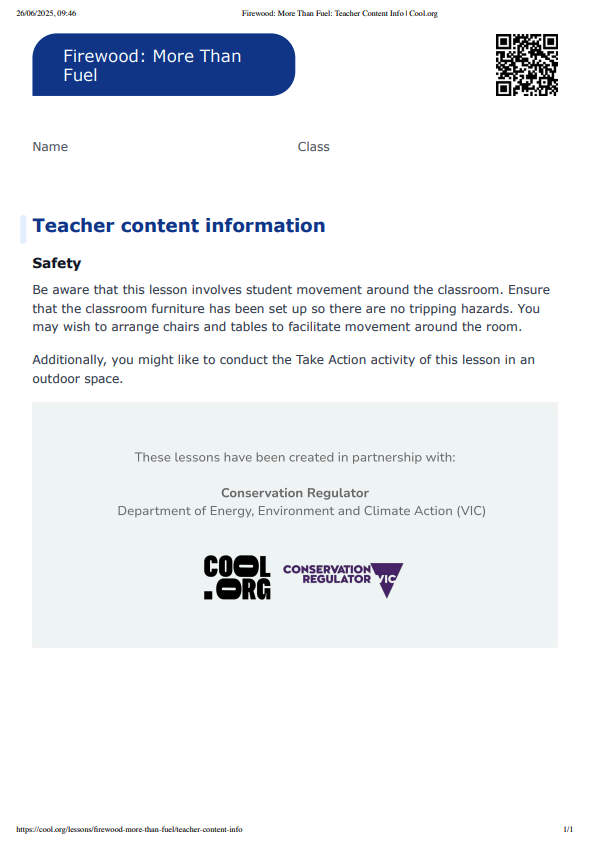
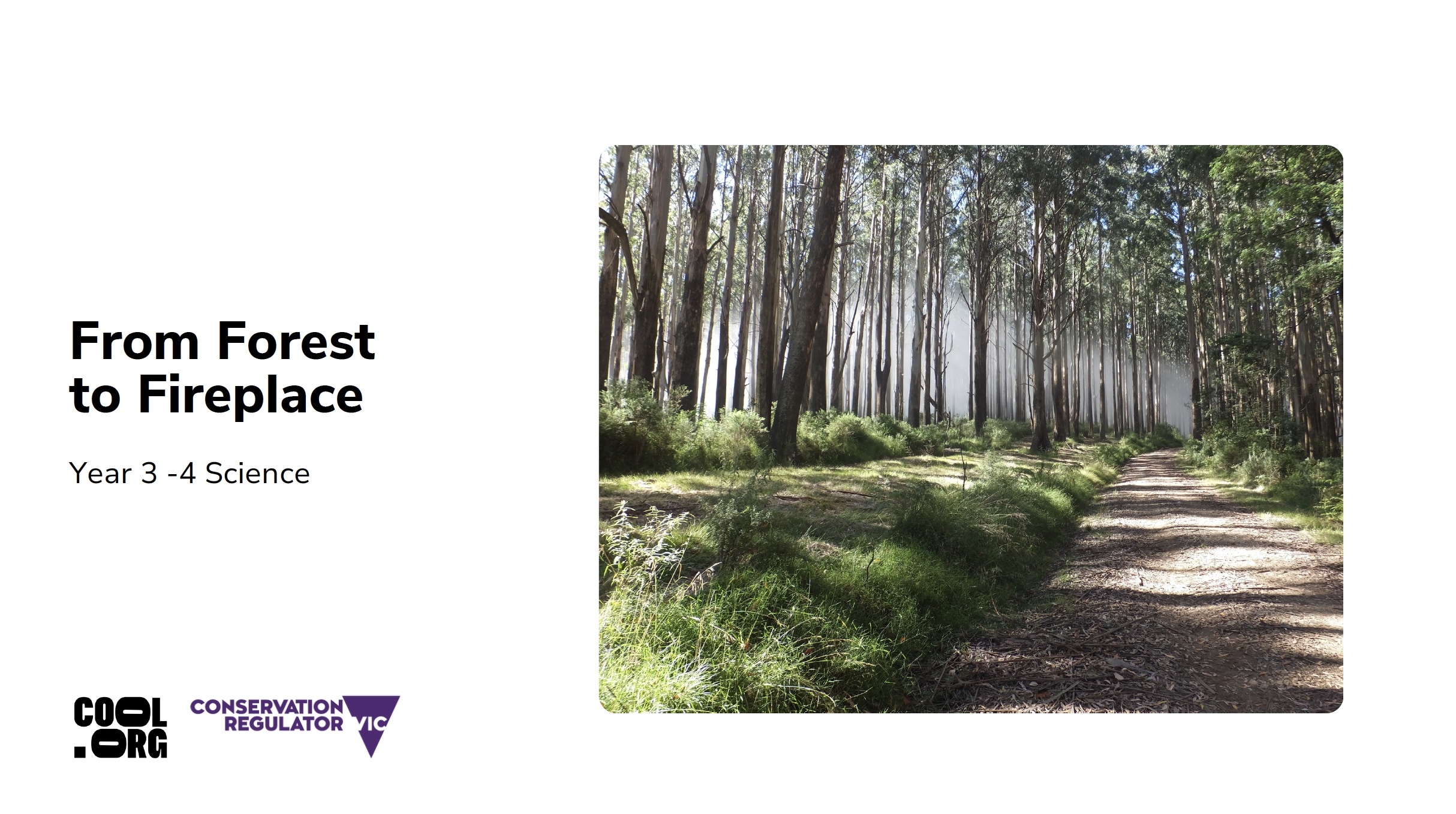
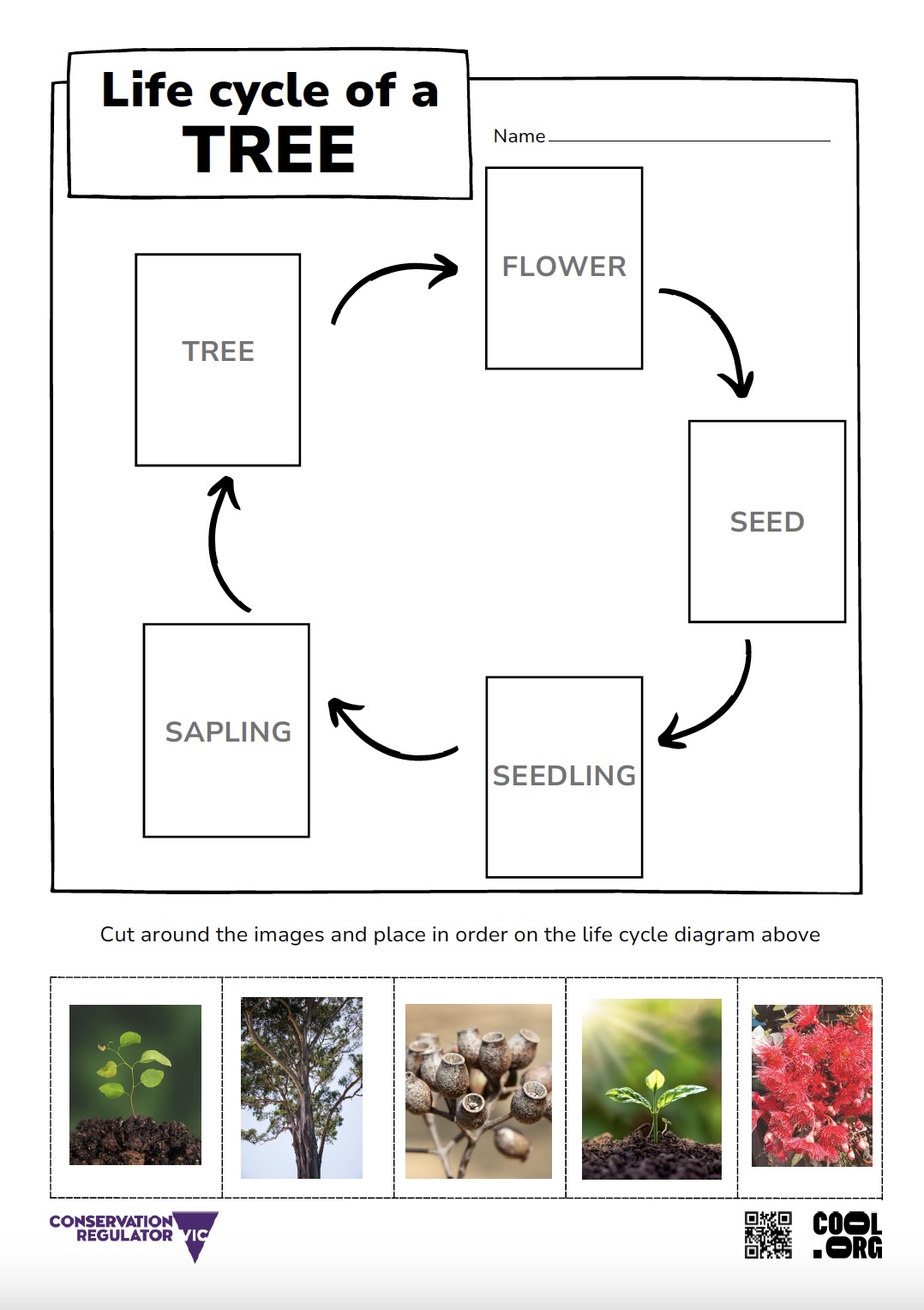
Welcome back!
Don't have an account yet?
Log in with:
Create your free Cool.org account.
Many of our resources are free, with an option to upgrade to Cool+ for premium content.
Already have an account?
Sign up with:
By signing up you accept Cool.org's Terms and Conditions(Opens in new tab) and Privacy Policy(Opens in new tab).